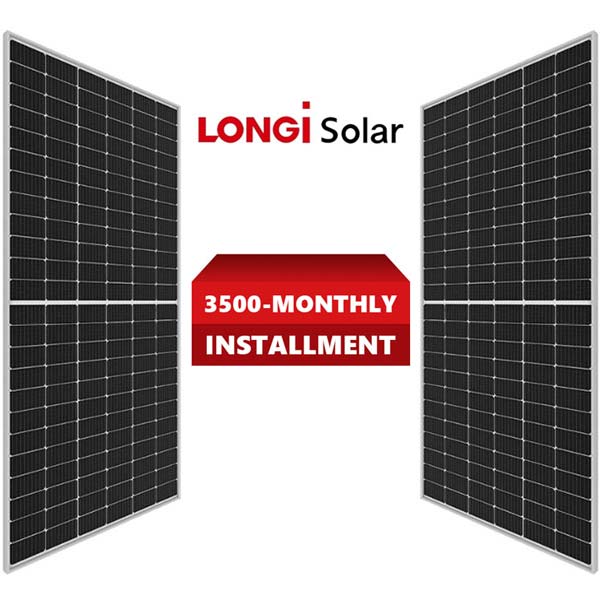Select your city*
Select your province*
Longi Solar panels 440, also known as photovoltaic (PV) panels, have a rich history that spans several centuries. Here's a brief overview of the key milestones in the development of solar panels:
- 1. Discovery of the Photovoltaic Effect (1839): The photovoltaic effect, which is the phenomenon of generating an electric current when certain materials are exposed to light, was first discovered by French physicist Alexandre-Edmond Becquerel.
- 2. Selenium Solar Cells 440 (late 19th century): In the late 1800s, scientists experimented with selenium, a material that exhibited the photovoltaic effect. Selenium solar cells were developed, but their efficiency was quite low.
- 3. Albert Einstein's Explanation (1905): In 1905, Albert Einstein published a paper explaining the nature of the photoelectric effect, which laid the foundation for understanding the generation of electricity from light.
- 4. Bell Labs' Silicon Solar Cell (1954): Researchers at Bell Laboratories, including Daryl Chapin, Calvin Fuller, and Gerald Pearson, developed the first practical silicon solar cell in 1954. This cell achieved an efficiency of around 6% and marked a significant advancement in solar cell technology.
- 5. Early Space Applications (1958 onwards): Longi Solar panels gained attention in the space industry due to their ability to generate electricity without relying on fuel. The Vanguard 1 satellite, launched in 1958, used small solar panels to power its radios.
- 6. DIY Solar Panel Kits: Purchasing a DIY solar panel kit can be a cost-effective option if you have the skills and knowledge to install it yourself. These kits come with the necessary components and instructions for installation, eliminating labor costs. However, be sure to carefully follow safety protocols and local regulations.

 Longi 340w
Longi 340w